pgriz
Been spending a lot of time on here!
- Joined
- Jul 30, 2010
- Messages
- 6,734
- Reaction score
- 3,221
- Location
- Canada
- Can others edit my Photos
- Photos OK to edit
Derrel's points echo what I've found as well. When I use the camera, I'm using usually either Av or Manual. When I hand the camera over to one of my friends or relatives who don't know/care-to-know about photography, I either put the camera in Auto mode, or dial in one of the creative modes. Then the instructions are: point the camera, half-press the shutter. if the red dot at the center lights up, shoot. DOF, blur, exposure triangle, etc. just don't figure into the equation, when the purpose is to shoot Aunt Mini and neice Sarah. Most of the people who handle the camera are initially intimidated by all the buttons and settings, so telling them just to press the shutter button makes them feel very relieved.



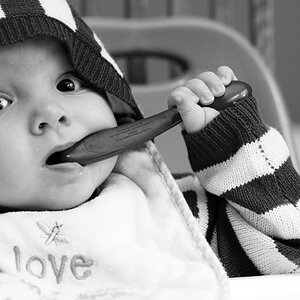
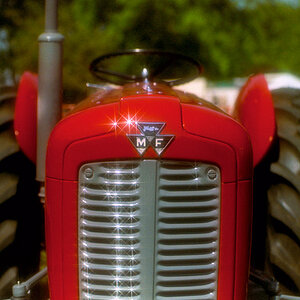
![[No title]](/data/xfmg/thumbnail/32/32929-22e23acc63d6ecb25e5ee941be87121f.jpg?1619735758)

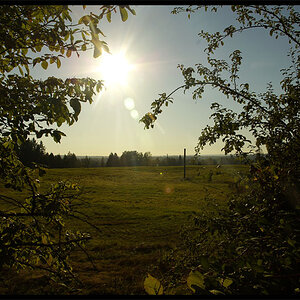

![[No title]](/data/xfmg/thumbnail/34/34131-26fa915af5e4adb9d0f123c4c8b7cae4.jpg?1619736302)
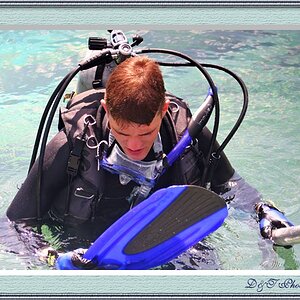


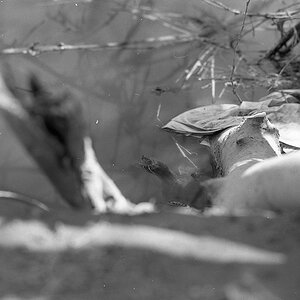
![[No title]](/data/xfmg/thumbnail/30/30873-79f4c5bc298110a994e9eed027728db8.jpg?1619734490)